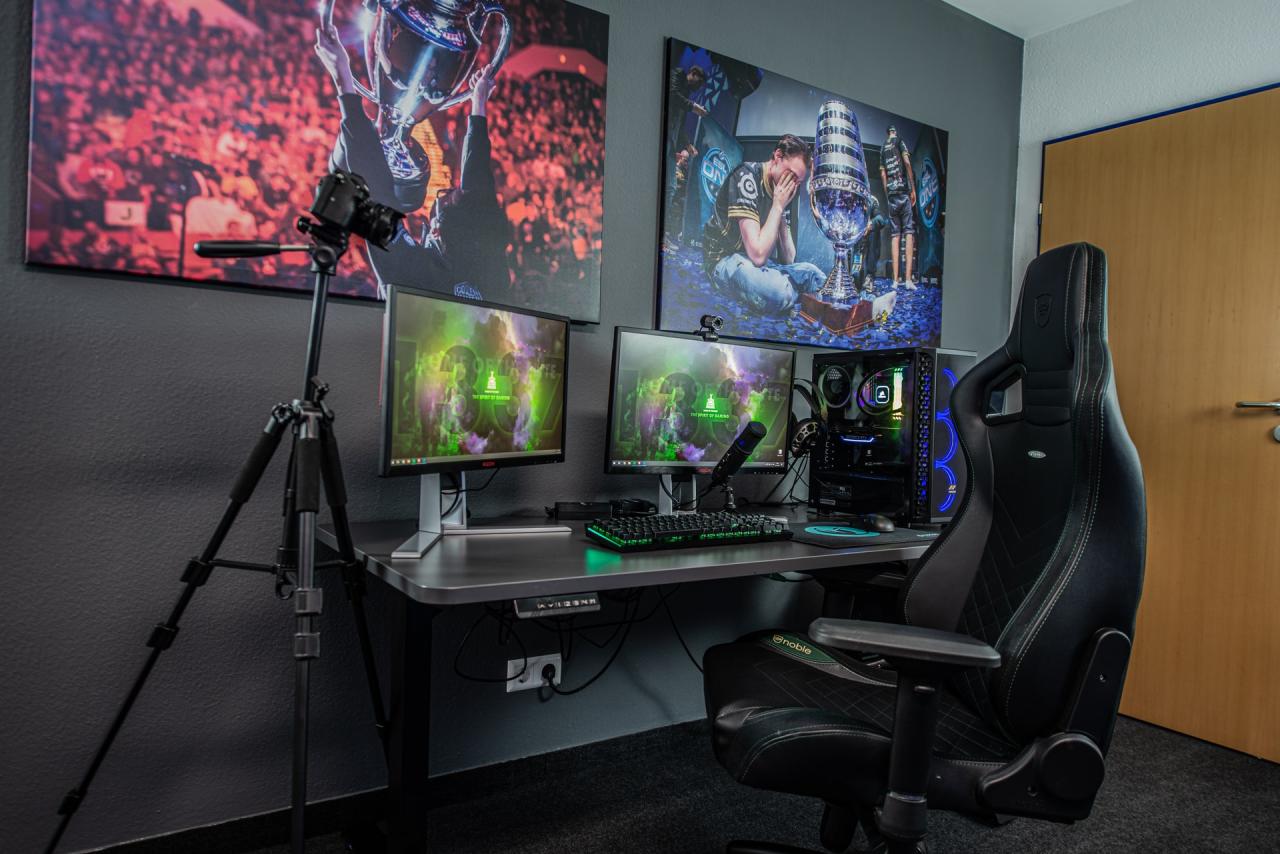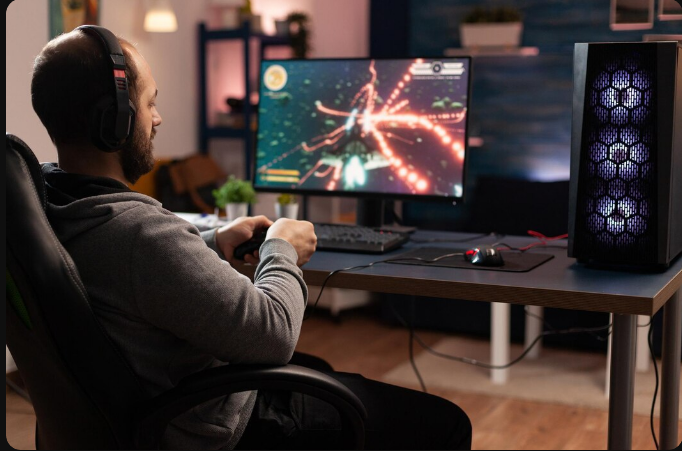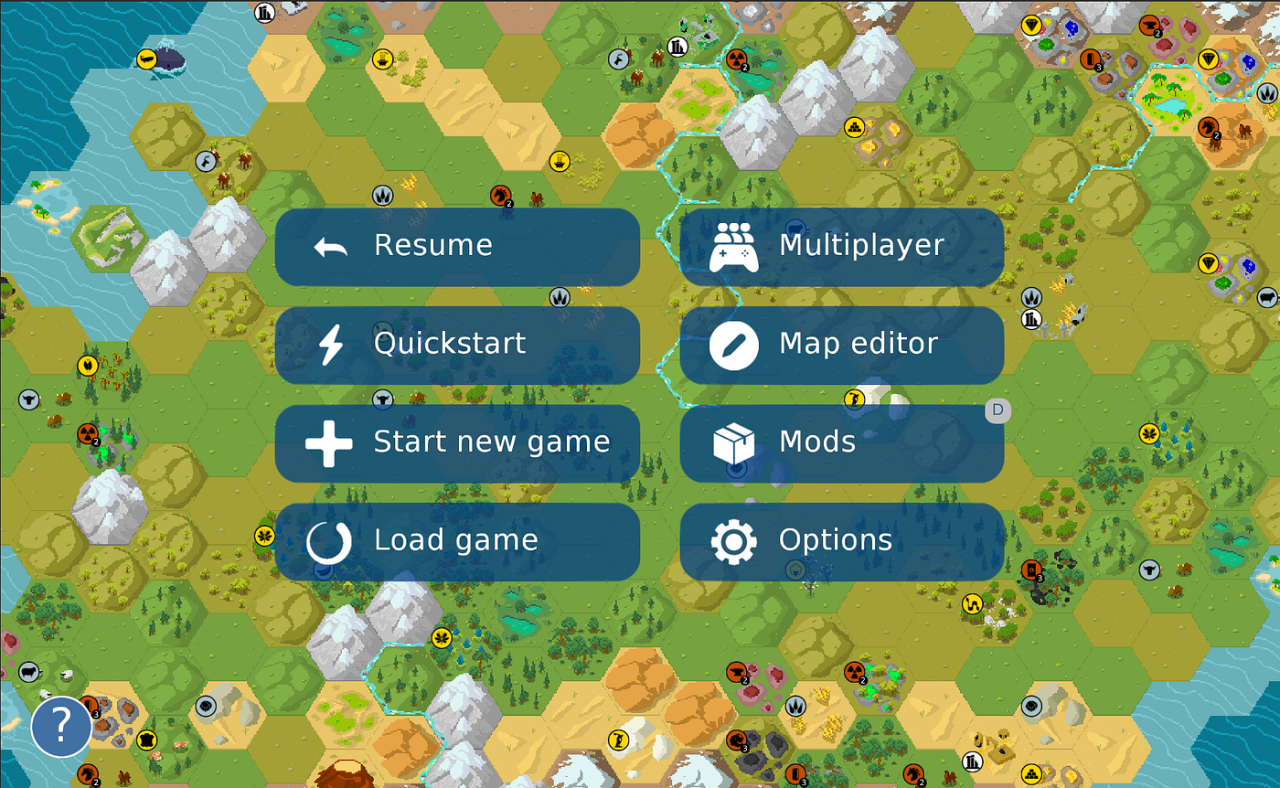Understanding the Basics of Building a Gaming PC
Building a gaming PC can be an exciting yet daunting task, especially for those on a budget. Understanding the essential components and how they contribute to gaming performance is crucial to ensure you get the best bang for your buck. This section will break down the key parts of a gaming rig and explore the options between pre-built and custom-built systems.

Essential Components of a Gaming PC
A gaming PC generally consists of several critical components, each playing a unique role in performance. Here’s a rundown:
- CPU (Central Processing Unit): Often referred to as the brain of the computer, the CPU handles all processing tasks. A powerful CPU can significantly enhance game performance and multitasking capabilities.
- GPU (Graphics Processing Unit): The GPU is vital for rendering graphics in games. A robust GPU enables smoother frame rates and higher resolutions, which are essential for a good gaming experience.
- Motherboard: This is the main circuit board that connects all components of the PC. Choosing a motherboard that supports your CPU and GPU is essential for compatibility.
- RAM (Random Access Memory): Sufficient RAM is crucial for multitasking and running modern games smoothly. Aim for at least 16GB for optimal performance.
- Storage (HDD/SSD): Fast storage options like SSDs can drastically reduce load times compared to traditional HDDs. A combination of both can provide balance between speed and capacity.
- Power Supply Unit (PSU): A reliable PSU is essential to power your components safely. It’s important to choose a PSU that provides enough wattage for your build.
- Case: The case houses all your components and can affect cooling and airflow, which is critical for maintaining performance.
Pre-built vs. Custom-built PCs
When it comes to gaming PCs, you can either buy a pre-built system or build one from scratch. Pre-built PCs are convenient as they often come assembled and tested, but they can be more expensive. Custom-built PCs, on the other hand, allow for greater personalization and potentially better prices, especially if you shop smartly for components.
Setting a Budget for Your Gaming PC
Establishing a budget is a key step in building an affordable gaming PC. Knowing how much to spend and what components to prioritize can help you avoid overspending while still achieving decent performance.
Factors to Consider When Determining a Budget
Several factors influence your budget for a gaming PC:
- Intended Use: Are you gaming, streaming, or doing content creation? Different uses may require different levels of performance.
- Market Prices: Prices for components can fluctuate based on demand and availability, so keeping an eye on market trends is beneficial.
- Future Upgrades: Consider leaving room in your budget for potential upgrades in the future, ensuring your system remains relevant.
Cost Breakdown of Components
Understanding how much to allocate for each component can help in setting a budget:
| Component | Estimated Cost |
|---|---|
| CPU | $150 – $300 |
| GPU | $200 – $600 |
| Motherboard | $100 – $200 |
| RAM | $50 – $100 |
| Storage | $50 – $150 |
| PSU | $50 – $100 |
| Case | $50 – $100 |
Strategies for Prioritizing Components
When working with a tight budget, it’s crucial to prioritize your spending. Here are some strategies:
- Invest more in the GPU if gaming is your primary focus, as it has the most significant impact on performance.
- Consider opting for a mid-range CPU paired with a high-end GPU to balance cost and performance.
- Look for deals on older generation components that still perform well but may not be the latest models.
Selecting Affordable Components
Choosing the right components at a lower price doesn’t mean compromising on performance. Here are some tips for selecting budget-friendly options.
Reliable Brands and Components
Several brands are known for producing affordable yet reliable components. Here’s a list of some recommended options:
- CPUs: AMD Ryzen series offers excellent performance-to-price ratios.
- GPUs: NVIDIA’s GTX series and AMD’s Radeon RX series are good choices for budget builds.
- Motherboards: Brands like ASUS and MSI offer quality motherboards at competitive prices.
Budget Options Comparison
When selecting components like CPUs, GPUs, and motherboards, consider the following comparisons:
| Component | Budget Option | Performance |
|---|---|---|
| CPU | AMD Ryzen 3 3100 | Good |
| GPU | NVIDIA GTX 1650 | Decent for 1080p gaming |
| Motherboard | ASUS TUF B450M | Reliable with good features |
Researching Compatibility
Before making any purchases, ensure that the components are compatible with each other. Check specifications like CPU socket types for motherboards and GPU clearance in cases. This step can save you time and money in the long run.
Utilizing Sales and Discounts
Finding the right deals can significantly reduce the overall cost of building your gaming PC. Here are some methods to capitalize on sales and discounts.
Finding Sales and Discounts on PC Components
To save money, explore various avenues for finding discounts:
- Check online retailers for seasonal sales or clearance items.
- Sign up for newsletters from tech companies to receive notifications about sales.
- Utilize price comparison websites to track the best deals.
Timing Purchases Around Major Sales Events
Certain times of the year are particularly good for finding deals. Events like Black Friday and Cyber Monday offer significant discounts on electronics. Plan your purchases around these dates to maximize savings.
Refurbished or Open-Box Items
Purchasing refurbished or open-box items can be a great way to save money without sacrificing reliability. Many retailers offer warranties on these products, making them a safe option as long as you research the seller’s reputation.
DIY Assembly Tips
Once you have your components, assembling your gaming PC is the next challenge. Here’s how to do it effectively.
Step-by-Step Assembly Guide
Assembling a gaming PC involves a few straightforward steps:
- 1. Prepare your workspace ensuring you have adequate lighting and space.
- 2. Install the CPU onto the motherboard, followed by RAM.
- 3. Place the motherboard in the case and screw it in securely.
- 4. Install the PSU and connect it to the motherboard and other components.
- 5. Insert the GPU into the appropriate slot on the motherboard.
- 6. Connect storage drives and manage cables for optimal airflow.
- 7. Power on the system and enter BIOS to ensure everything is recognized.
Checklist of Tools and Materials
Having the right tools can make assembly easier. Here’s a checklist:
- Screwdriver (preferably magnetic)
- Anti-static wrist strap
- Zip ties for cable management
- Thermal paste (if not pre-applied on the CPU cooler)
Common Mistakes to Avoid
While building your PC, be mindful of these common errors:
- Over-tightening screws can damage components.
- Neglecting to check for compatibility issues can lead to system failures.
- Forgetting to connect all necessary power cables can prevent your PC from starting.
Optimizing Performance on a Budget
Once your gaming PC is up and running, there are several ways to enhance its performance without spending more on hardware.
Tweaking Settings for Optimal Performance
Adjusting in-game settings can make a significant difference. Lowering settings such as shadows and texture quality can improve frame rates without needing a more powerful GPU.
Overclocking Components Safely
Overclocking can boost performance, but it should be done with caution. Use reliable software for monitoring temperatures, and ensure your cooling system is adequate to handle increased heat output.
Software Optimization and Maintenance
Regular maintenance is essential for keeping your gaming PC running smoothly. Uninstall unnecessary programs, run disk cleanup, and ensure drivers are up to date for optimal performance.
Upgrading a Gaming PC Over Time
As gaming demands evolve, upgrading your PC can be a cost-effective way to keep up with new titles and performance standards.
Effective Components to Upgrade
When looking to upgrade, consider the following components for the best gains in performance:
- GPU: Often the most impactful upgrade for gaming.
- RAM: Increasing RAM can enhance multitasking and help with modern games.
- Storage: Upgrading to an SSD can greatly enhance load times.
Timeline for Potential Upgrades
Plan upgrades based on performance needs and budget. A general rule of thumb is to upgrade every two to three years as technology advances.
Incremental Upgrades vs. Building a New PC
Incremental upgrades can often be more cost-effective than building a new PC entirely. This approach allows you to spread out expenses over time while still improving performance as needed.
Resources for Further Learning
To deepen your understanding of building gaming PCs, consider exploring various online resources.
Websites and Communities
Online forums and websites like Reddit, Tom’s Hardware, and PCPartPicker offer valuable insights and community support for budget PC builders.
Video Tutorials and Guides
YouTube hosts a plethora of video tutorials that can provide visual assistance during the building process. These guides can be particularly helpful for visual learners.
Books and Articles on Advanced Topics
For those looking to dive deeper into specific areas of PC building, various books and online articles are available that cover advanced topics such as water cooling, custom loop building, and more.


